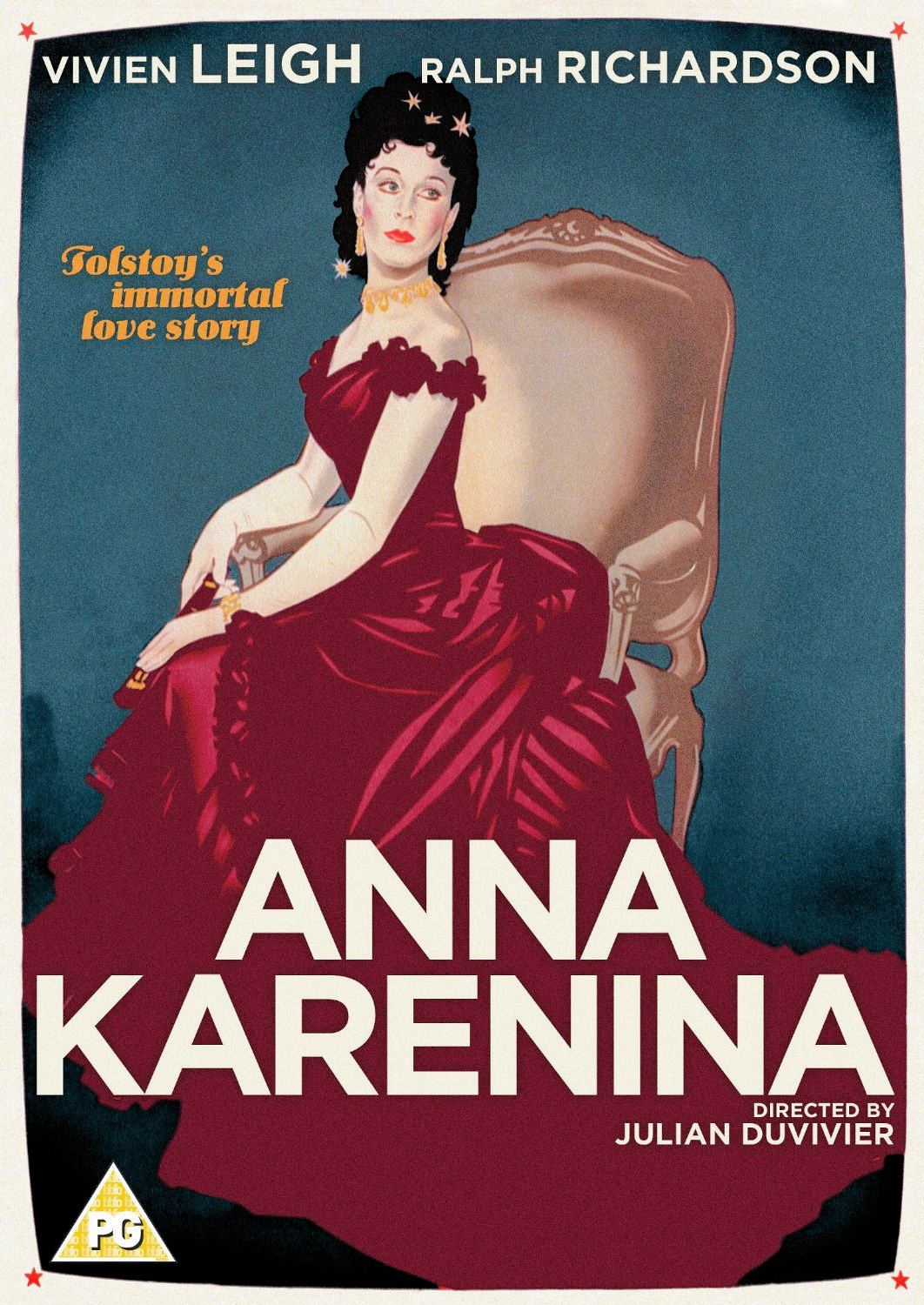
And she may be right.īut Malcolm also admits Garnett made thousands of mistakes, and that the revisions in a recent Modern Library edition are often awkward. Malcolm thinks this is a sexist interpretation of her work.

(You can download a free e-book version of her original translation, and perhaps that’s the one to read.) And Garnett has a reputation for writing rapidly and sometimes skipping parts she doesn’t understand. I found it clunky, but it was a revised edition of her translation. I admit, Constance Garnett’s Tolstoy hasn’t worked out for me. Every time someone else redoes one of these works, reviewers say that the new version replaces Garnett and then another version comes out, which, apparently, replaces Garnett again, and so on. Tolstoy and Dostoevsky were constantly reading and learning from Dickens, Trollope, George Eliot and others. She has a fine sense of English, and, especially, the sort of English that appears in British fiction of the realist period, which makes her ideal for translating the Russian masterpieces.

“I love Constance Garnett, and wish I had a framed picture of her on my wall, since I have often thought that what I do for a living is teach the Collected Works of Constance Garnett. She quotes the scholar Gary Morson, who is infuriated by the new translations. She explains that English and American readers have “until recent years…largely depended on two translations, one by the Englishwoman Constance Garnett and the other by the English couple Louise and Aylmer Maude, made respectively in 19.” In her article, “Socks: Translating Anna Karenina,” in The New York Review of Books (6/23-16), she eccentrically endorses Constance Garnett’s translation.

One of these partisans is the brilliant critic Janet Malcolm. Constance Garnett’s translation (the revised version(


 0 kommentar(er)
0 kommentar(er)
